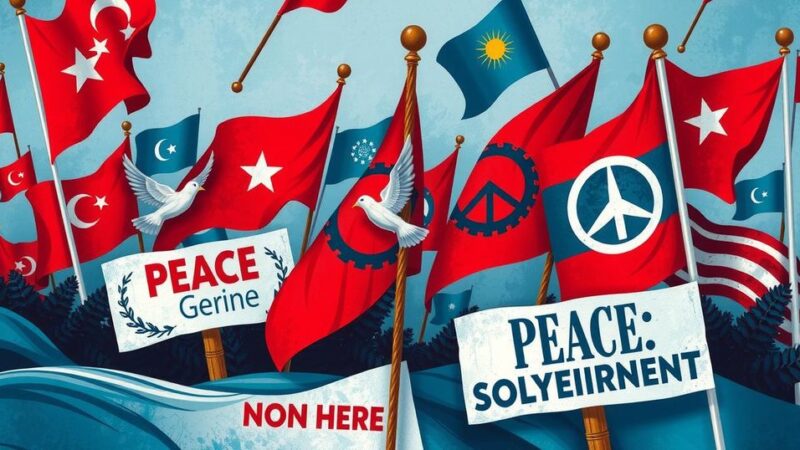This timeline details critical events in St Vincent and the Grenadines’ history, covering indigenous conquests, European colonization, the abolition of slavery, volcanic eruptions, political changes, independence, and significant elections, culminating in the current governance structure.
A chronology of significant events in the history of St Vincent and the Grenadines highlights its evolution from indigenous domination to independence:
– 1300: Carib Indians conquer Arawak Indians.
– 1498: Christopher Columbus visits the main island on St Vincent’s Day.
– 1627: St Vincent is granted to Britain’s Lord Carlisle.
– 1783: The Treaty of Paris recognizes St Vincent as a British colony.
– 1795-97: Britain deports 5,000 Caribs to Belize after an uprising with French support.
– 1812: The first recorded eruption of the La Soufriere volcano results in fatalities.
– 1834: Slavery is abolished, leading to the freedom of over 18,000 slaves.
– 1902: The second eruption of La Soufriere results in 2,000 deaths.
– 1951: St Vincent is granted universal adult suffrage.
– 1958-62: St Vincent participates in the British-sponsored West Indies Federation.
Independence Milestones
– 1969: St Vincent gains internal self-government; Britain retains foreign and defense responsibilities.
– 1979 (October): St Vincent and the Grenadines achieves independence, with Milton Cato as prime minister.
– 1979 (December): A revolt on Union Island for more governmental power is suppressed.
– 1981: Economic recession leads to a general strike against new industrial relations legislation.
Political Shifts
– 1984: James Mitchell becomes prime minister after the New Democratic Party (NDP) gains an unexpected victory.
– 1989: Mitchell returns to office as the NDP wins all parliamentary seats.
– 1994: Mitchell’s NDP regains power, but with a reduced majority.
– 1998: The NDP secures a fourth term narrowly.
– 2000: Mitchell resigns, succeeded by finance minister Arniham Eustace; protests erupt over pension increases for parliamentarians.
Labour Government Era
– 2001 (March): Ralph Gonsalves becomes prime minister after early elections due to protests.
– 2003 (February): St Vincent joins the Non-Aligned Movement.
– 2003 (June): The country is removed from a money-laundering watchlist.
– 2005 (December): Gonsalves and the Unity Labour Party secure a second term.
Recent Developments
– 2009 (November): Voters reject a constitutional referendum to establish a republic.
– 2011 (January): The NDP denies assassination plot allegations made by Gonsalves.
The timeline of St Vincent and the Grenadines documents its major political and social milestones from indigenous rule to becoming an independent state. Key events include the abolition of slavery, volcanic eruptions causing fatalities, the pursuit of universal suffrage, and significant shifts in governmental leadership, particularly with Ralph Gonsalves’ tenure as prime minister. The nation’s refusal to become a republic signals ongoing ties to the monarchy.
Original Source: www.bbc.com






